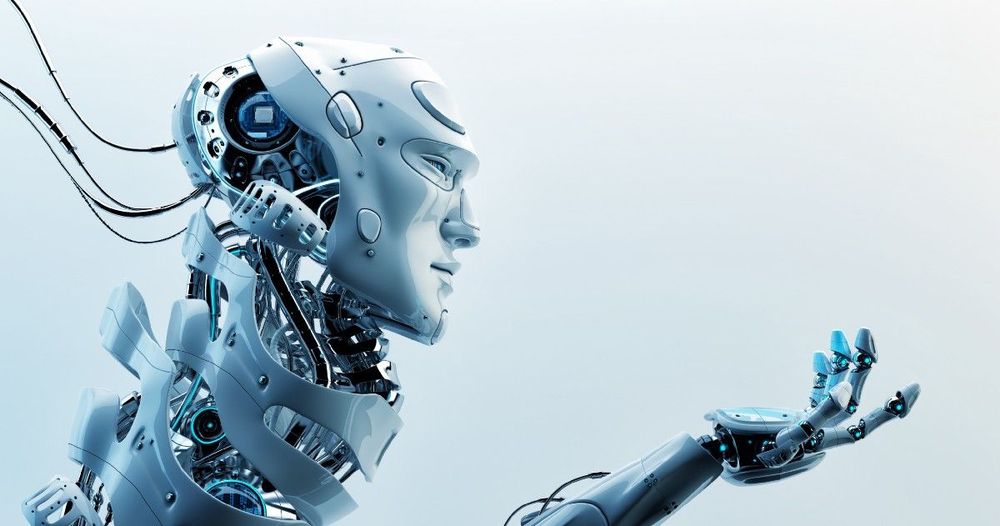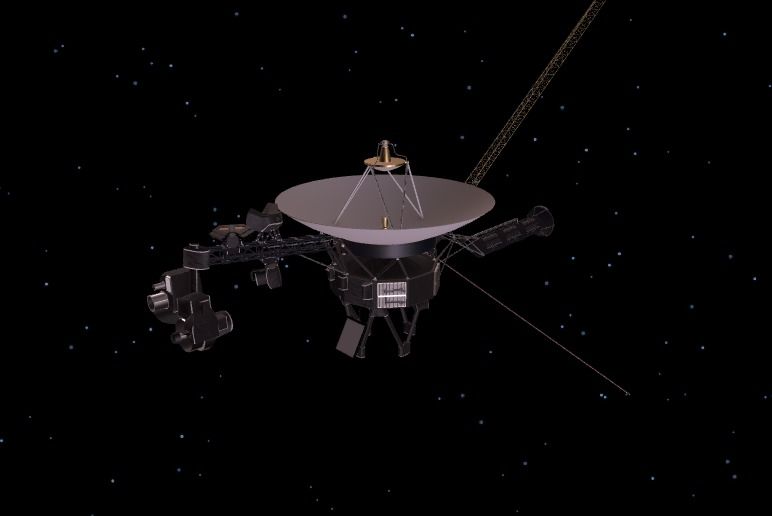China is the world leader in facial recognition technology. But is the state using it to violate the human rights of its citizens?
Category: robotics/AI – Page 2,278



Permanent liquid magnets have now been created in the lab
The rules about what makes a good magnet may not be as rigid as scientists thought. Using a mixture containing magnetic nanoparticles, researchers have now created liquid droplets that behave like tiny bar magnets.
Magnets that generate persistent magnetic fields typically are composed of solids like iron, where the magnetic poles of densely packed atoms are all locked in the same direction (SN: 2/17/18, p. 18). While some liquids containing magnetic particles can become magnetized when placed in a magnetic field, the magnetic orientations of those free-floating particles tend to get jumbled when the field goes away — causing the liquid to lose its magnetism.
Now, adding certain polymers to their recipe has allowed researchers to concoct permanently magnetized liquid droplets. These tiny, moldable magnets, described in the July 19 Science, could be used to build soft robots or capsules that can be magnetically steered through the body to deliver drugs to specific cells.
Scientists Print Magnetic Liquid Droplets
Scientists at Berkeley Lab have made a new material that is both liquid and magnetic, opening the door to a new area of science in magnetic soft matter. Their findings could lead to a revolutionary class of printable liquid devices for a variety of applications from artificial cells that deliver targeted cancer therapies to flexible liquid robots that can change their shape to adapt to their surroundings. (Video credit: Marilyn Chung/Berkeley Lab; footage of droplets courtesy of Xubo Liu and Tom Russell/Berkeley Lab)
Rocket Rundown
Stunning payload separation footage of the UP Aerospace SL-10 rocket. One of the four payloads deployed was a test version of the Maraia Capsule, a concept that was to be used to provide the inexpensive and autonomous on-demand return of small science samples from the International Space Station. Credit: UP Aerospace.


NASA’s Voyager twins refuse to die
It’s been almost 42 years since NASA sent its two Voyager spacecraft on record-breaking missions, and both of the decades-old robots are still alive. Voyager 1 and 2 are 13.5 billion and 11.1 billion miles from Earth, respectively, and it’s up to NASA engineers to ensure they remain up and running for as long as possible.
As the agency reveals in a new update, mission managers recently decided to shut down one of the heaters on Voyager 2 which is designed to keep its cosmic ray subsystem (CRS) instrument at a comfortable temperature. This was done to conserve energy, but the CRS itself miraculously still works, despite dipping well below the temperatures it was tested at over four decades ago.